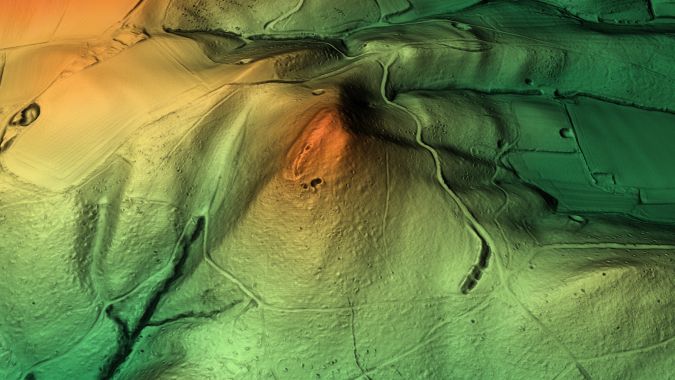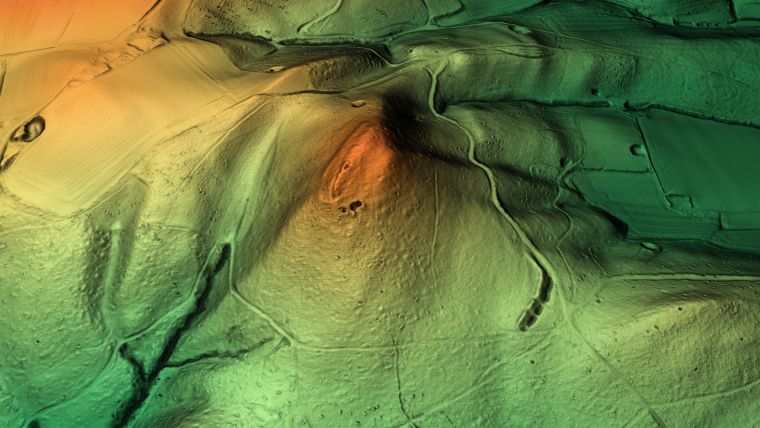MariaDB Strengthens Geospatial Capabilities with Acquisition of CubeWerx
MariaDB has acquired CubeWerx, a leader in geospatial solutions, for an undisclosed amount. With this acquisition, MariaDB adds cloud-native, scalable geospatial capabilities that the company plans to offer through its fully managed cloud service MariaDB SkySQL. Applications that leverage geospatial data are truly transformative, enabling businesses to offer new products or services that are highly engaging and tailored to end users.
“We’re taking a unique, developer-centric approach to delivering geospatial capabilities that no other database vendor has taken,” said Jags Ramnarayan, vice president and general manager for SkySQL at MariaDB. “While other databases such as PostgreSQL and Oracle have added geospatial capabilities directly into the database, we are taking a modern cloud-native approach of managing virtually infinite amounts of geospatial data on low-cost, durable cloud storage and providing OGC standards-based REST APIs to access the data. We believe this approach will allow MariaDB to leapfrog the database world for geospatial application development.”
Endless List of Geospatial Data Applications
Geographic data and information is becoming increasingly important and critical to businesses everywhere. New drones, satellites and sensors are contributing to the growing amount of location-based and imagery data available. This presents a unique opportunity for businesses to integrate geospatial data into their applications to offer services and capabilities that they couldn’t previously.
The use cases are endless – from mapping services for everything from location awareness to route optimization, to applications that improve forecast accuracy, inventory management, and even equity trading. Large parts of government information include geospatial data. Beyond the public sector, industries such as manufacturing, financial services, gaming, insurance, construction and energy are finding novel uses for geospatial to deliver better services and new offerings. Geospatial data and services are key to tracking climate change, carbon emissions and their impact on global ecosystems.
API-driven Geodata Approach for Developers
Geospatial application development has moved from traditional geospatial interfacing with databases to off-the-shelf geospatial library use and web APIs. This web services approach is extremely easy to use and makes integration with applications a breeze.
With CubeWerx, MariaDB will provide geospatial the way developers use geospatial through modern, open-standard APIs. CubeWerx manages data in tiers for extreme scale and high performance. It uses MariaDB to manage frequently used vector data (e.g., a geolocation) and for intelligent caching while relying on unlimited cloud storage for raster data which tends to be voluminous (e.g., satellite imagery). Data volume is no longer a limiting factor with this approach and geospatial data is able to grow to any scale.
“MariaDB’s vision for how to deliver geospatial capabilities aligns perfectly with what we have built at CubeWerx,” said Edric Keighan, co-founder at CubeWerx and vice president for geospatial engineering at MariaDB. “Our team brings significant experience in geospatial to MariaDB, having worked as the original implementers of Oracle Spatial. We will be able to help execute MariaDB’s vision to bring the best geospatial experience to developers and end users, reaching an even broader audience.”
“We are at the tipping point for geospatial to be a must-have dimension in building new applications,” said Lynne Schneider, research director, location and geospatial intelligence, IDC. “In the past, relatively few people were capable of building geospatial applications. Now people are waking up to the possibilities that geospatial affords and open standard API-driven approaches will let more people take advantage of these rich capabilities. With the acquisition of CubeWerx, MariaDB is stepping into a really great spot.”


Value staying current with geomatics?
Stay on the map with our expertly curated newsletters.
We provide educational insights, industry updates, and inspiring stories to help you learn, grow, and reach your full potential in your field. Don't miss out - subscribe today and ensure you're always informed, educated, and inspired.
Choose your newsletter(s)












